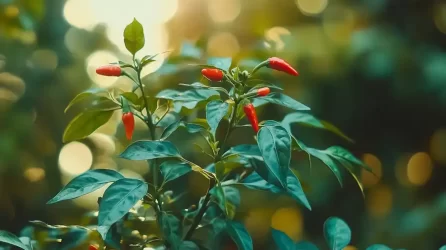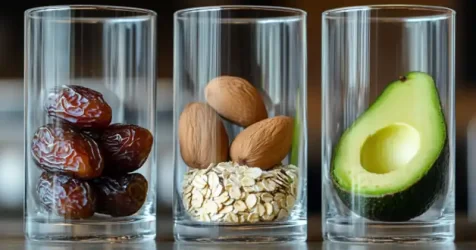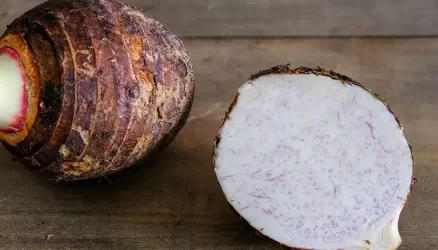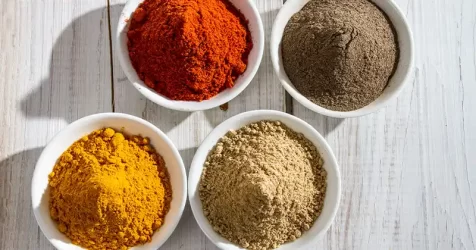How to Grow Lavender to Perfume Your Entire Home

Lavender, with its enchanting fragrance and delicate purple blooms, is not only a treat for the eyes but also a natural way to perfume your entire home. Growing lavender in pots is a rewarding and beginner-friendly way to bring this aromatic herb into your living space. In this comprehensive guide, we’ll walk you through the essential steps to successfully cultivate lavender and enjoy its delightful scent right at home.
Choosing the Right Variety:
Before diving into the world of lavender cultivation, it’s crucial to choose the right variety for container gardening. English lavender varieties, such as Lavandula angustifolia, are well-suited for pots due to their compact size and adaptability to container living.
Selecting the Perfect Pot:
Lavender thrives in well-draining soil, making the choice of pot crucial for successful cultivation. Opt for a pot with good drainage holes to prevent waterlogging, and use a lightweight, well-aerated potting mix specifically formulated for herbs.
Planting Lavender Seeds or Seedlings:
Depending on your preference and patience level, you can start growing lavender from seeds or opt for young seedlings from a local nursery. Plant the seeds or seedlings in the prepared potting mix, ensuring they are spaced adequately to allow for proper growth.
Sunlight Requirements:
Lavender is a sun-loving herb, so choose a sunny location for your potted plant. Aim for at least 6-8 hours of direct sunlight per day to promote robust growth and maximize the fragrance of the blooms.
Watering Techniques:
While lavender is known for its drought tolerance, it’s essential to establish a consistent watering routine, especially during the initial stages of growth. Allow the soil to dry out between waterings to prevent root rot, and water the plant at the base to avoid wetting the foliage.
Pruning for Bushier Growth:
Regular pruning is key to encouraging a bushier lavender plant. Trim the spent flowers and prune back about one-third of the plant in the spring to stimulate new growth. This not only enhances the overall appearance but also promotes a more robust fragrance.
Fertilizing Lavender:
Lavender doesn’t require heavy fertilization. Apply a balanced, slow-release fertilizer in the spring to provide essential nutrients. Avoid over-fertilizing, as lavender prefers slightly lean soil.
Overwintering Lavender:
In colder climates, lavender may need protection during the winter months. Consider moving the pots to a sheltered area or covering them with a layer of mulch to insulate the roots.
Harvesting Lavender:
Once your lavender plant is mature, you can start harvesting the fragrant blooms. Harvest the flowers when they are in full bloom for the best aroma. Dry the cut stems upside down in a cool, dark place, and store the dried lavender in airtight containers for future use.
Conclusion:
With the right care and attention, growing lavender in pots is a delightful and aromatic journey. Follow these beginner-friendly steps, and soon you’ll be enjoying the soothing scent of lavender throughout your home, bringing a touch of nature’s beauty indoors.



















